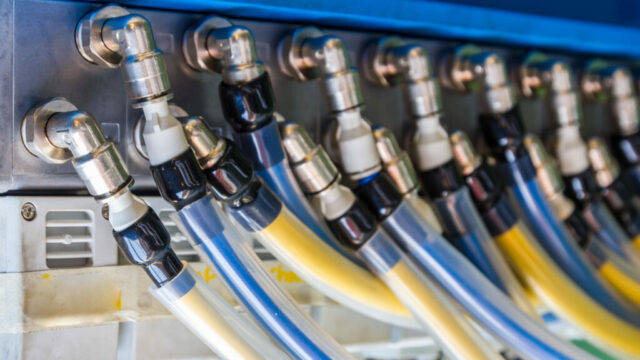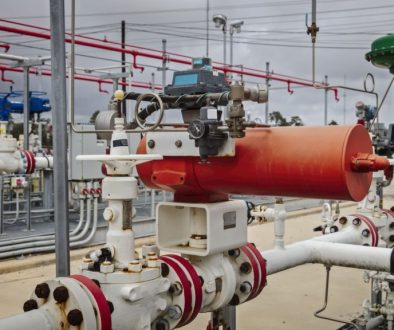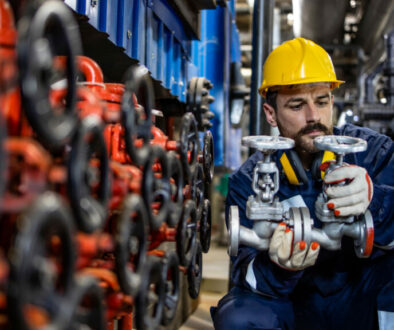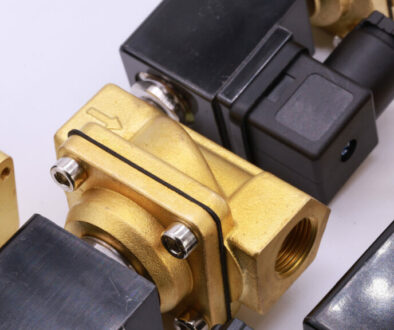Understanding Solenoid Valves and Their Wide Range of Applications
In the world of fluid control, precision, reliability, and adaptability are crucial. Enter the solenoid valve—a device that plays a pivotal role in countless applications and industries. Whether you’re a seasoned engineer or just curious about fluid control systems, this guide will dive deep into the essence of solenoid valves and their significance.
What is a Solenoid Valve?
A solenoid valve is an electro-mechanical device that controls the flow of a fluid or gas. The core component—the solenoid—is a coil of wire that becomes magnetized when electricity flows through it. This magnetism is harnessed to move a plunger inside the valve, either opening or closing it, and thereby controlling the flow.
Solenoid valves can be ‘normally open’, where the valve is open when not powered, or ‘normally closed’, where it’s shut when not powered. The choice between these types depends on the specific requirements of the application.
Why Do We Need Solenoid Valves?
The primary purpose of a solenoid valve is to control the flow of fluids or gases with precision, speed, and reliability. They offer remote control capabilities since they can be operated via electronic signals, which makes them a preferred choice in many modern automated systems.
Applications Utilizing Solenoid Valves
Home Appliances: From your dishwasher to the refrigerator’s ice maker, solenoid valves play a part in ensuring water gets where it needs to go, when it needs to be there.
Medical Equipment: Oxygen delivery systems, dental chairs, and various diagnostic equipment rely on solenoid valves for precise fluid or gas flow control.
Industrial Automation: Automated systems, especially in manufacturing and processing industries, use solenoid valves for tasks like filling, dosing, mixing, and more.
Automotive: Solenoid valves regulate fluid flow in systems like antilock brakes and emission controls.
Agriculture: Modern irrigation systems often leverage solenoid valves to regulate water distribution across vast fields.
HVAC: Heating, Ventilation, and Air Conditioning systems use solenoid valves to manage refrigerants and maintain optimum environments.
Public Services: From public fountains to sewage treatment plants, these valves ensure the smooth operation of water-based systems.
Size Matters: Why Different Sizes are Essential
Different applications have different flow rate requirements. Flow rate is the volume of fluid that passes through the valve in a given time. For instance, an industrial coolant system requires a much higher flow rate than a home humidifier. This is where the size of the solenoid valve comes into play.
Larger valves generally accommodate higher flow rates, while smaller valves are for more precise, lower flow applications. The size and type of valve must match the system’s requirements to ensure efficiency and prevent potential damage. For example, using a valve too large for an application can lead to wasted energy and increased wear. Conversely, a valve too small might restrict flow and cause system inefficiencies.
Engage with the Experts: Kelly Pneumatics
The versatility of solenoid valves is undeniable, but their successful application requires in-depth knowledge. Every system is unique, and selecting the right valve is crucial.
If you have any questions about solenoid valves or need guidance on choosing the right valve for your application, reach out to Kelly Pneumatics. With years of experience and a rich portfolio of high-quality pneumatic products, our experts are here to assist. Don’t leave your projects to chance. Consult with professionals who understand your needs and can offer optimal solutions.
Contact Kelly Pneumatics today and take a step towards fluid control excellence. Whether you’re in the brainstorming phase or ready to integrate, we’re here to guide and support you.




